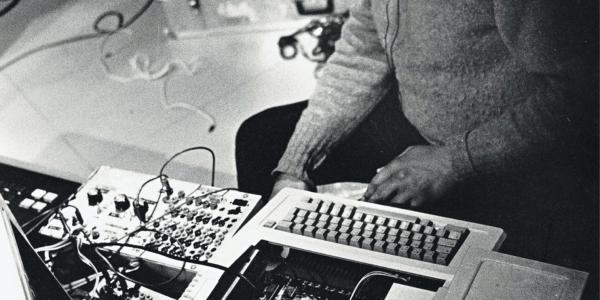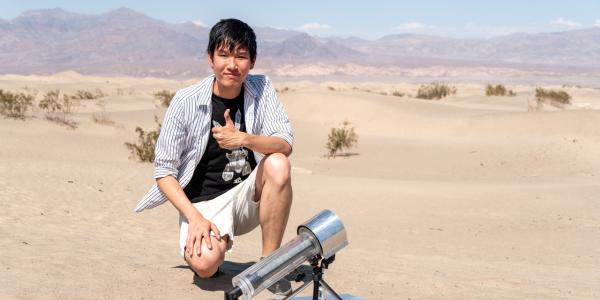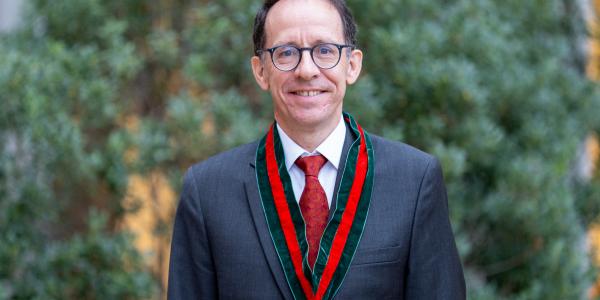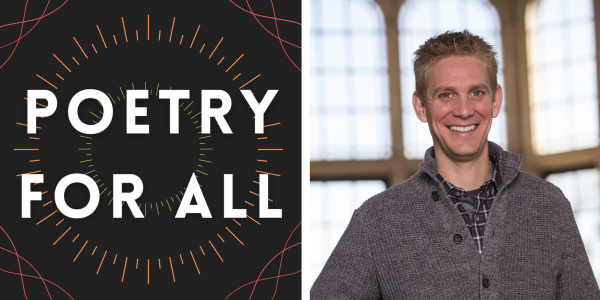In a new book, Paul Steinbeck explores the innovations of the Association for the Advancement of Creative Musicians, an experimental jazz collective based in Chicago.
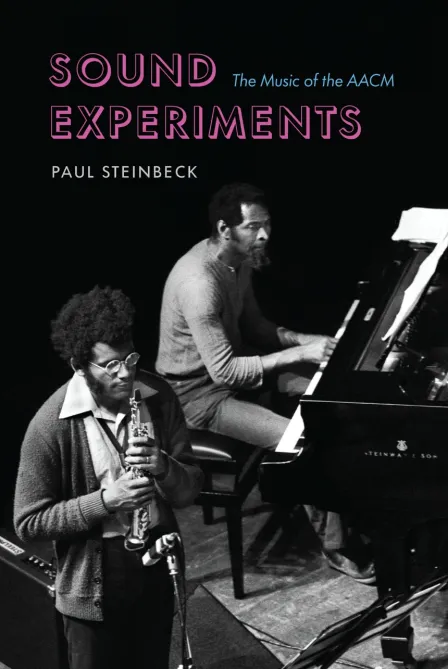
Jazz has always had a tradition of innovation and experimentation, but in the 1960s that began to change. The culture of jazz as community music that was heard in nightclubs until the early hours of the morning started to disappear as other modes of popular music like rock and soul rose in popularity. To stay employed, jazz musicians often had to perform more mainstream compositions. A collective of musicians on Chicago’s south side took a different path.
The members of the Association for the Advancement of Creative Musicians (AACM) blended jazz with experimental music, creating a world for themselves by putting on their own concerts in unusual venues. Paul Steinbeck, associate professor of music, uncovers their surprising rise to become international touring artists in Sound Experiments: The Music of the AACM (University of Chicago Press).
“In the history of jazz and experimental music, AACM members are still their own category unto themselves,” Steinbeck said. “The group is notable for what it did organizationally to create a space for experimental music by Black composers. They did it together and by themselves, without any funding or outside support.”
The collective’s founding members originated the AACM in order to create spaces to perform their groundbreaking musical experiments. In the 1960s, experimental music was typically performed in concert halls in wealthier, whiter parts of Chicago. The AACM created a space on the city’s south side for Black musicians to explore and forge connections between jazz, electronic, and world music.
The collective found an international audience as well. By the 1970s, many members of the AACM were touring the international jazz festival circuit, so much so that AACM musicians are often more well known abroad than in the United States. The AACM paired a local scene — it maintains a fiercely loyal following on the south side of Chicago — with an international market that has allowed many of its members to make a comfortable living from composing and performing experimental music, something which would have been unimaginable when the group began in the 1960s.
“Chicago is where the AACM has always been rooted and where it continues to bring in new members and have that community function,” Steinbeck said. “People know it's a place where you can go to train yourself and meet like-minded people. Even though the music they make is kind of marginal economically, the fact that they have been worldwide almost since the beginning means that you can go on tour to make a bunch of money and still come back home to Chicago.”
Steinbeck's guide to essential listening for the AACM

Jazz Festival, 2001.
Photo © Michael Jackson.
Nicole Mitchell, Mandorla Awakening II: Emerging Worlds (2015)
“Mandorla Awakening II is a 10-piece suite celebrating the 50th anniversary of the AACM. This is music for a really interesting ensemble that blends western and eastern instruments and electronics. The composition is based on The Mandorla Letters: for the hopeful, an afrofuturist novella/memoir/manifesto that Mitchell wrote. The musical scores are visually engaging as well. The whole thing has the feel of an old-school zine.”

and Apple II computer, circa 1985.
Courtesy of the Michel Waisvisz Archives.
George Lewis, Voyager (1987)
“Voyager is a fascinating piece because it's about a human and a computer making music together. There's a human musician who's playing a saxophone or a trombone or a piano, and they're hooked up to this device that reads their notes. Everything they play goes into the computer, and then the computer has software that makes music in response. So you're improvising with another musician, but the musician is a computer instead of a person. It was truly groundbreaking when it was created in 1980s. Artists today use much more sophisticated technology to replicate the same sort of thing, but in 1987, Lewis was using computer languages that have since become obsolete and custom-building synthesizers to interface with the computer. The result is utterly fascinating.”

performing Nonaah at the Jazz Festival
Willisau ‘76. Photo © Markus di Francesco.
Roscoe Mitchell, Nonaah (1977)
“The third recording I’d recommend for a newcomer to the AACM is by Roscoe Mitchell. There are a number of different versions of Nonaah, but my favorite was recorded at a jazz festival in Switzerland. Mitchell was a last-minute substitute for another AACM musician who couldn’t make it to the festival, and the audience clearly does not want to hear him play. When Mitchell comes onstage, they start booing, which is very unusual for a jazz festival. Mitchell starts playing a nine-note phrase, and then he repeats it again and again. He varies the phrase, but the audience can’t believe he’s just repeating the same figure over and over. He plays it 96 times in the span of about eight minutes. The audience goes from booing and yelling at him to cheering. Just incredible.”
Complete recordings of all of the music discussed in Sound Experiments, including the tracks listed above, are available on Paul Steinbeck’s website. Nicole Mitchell and George Lewis will visit campus in Spring 2023.

